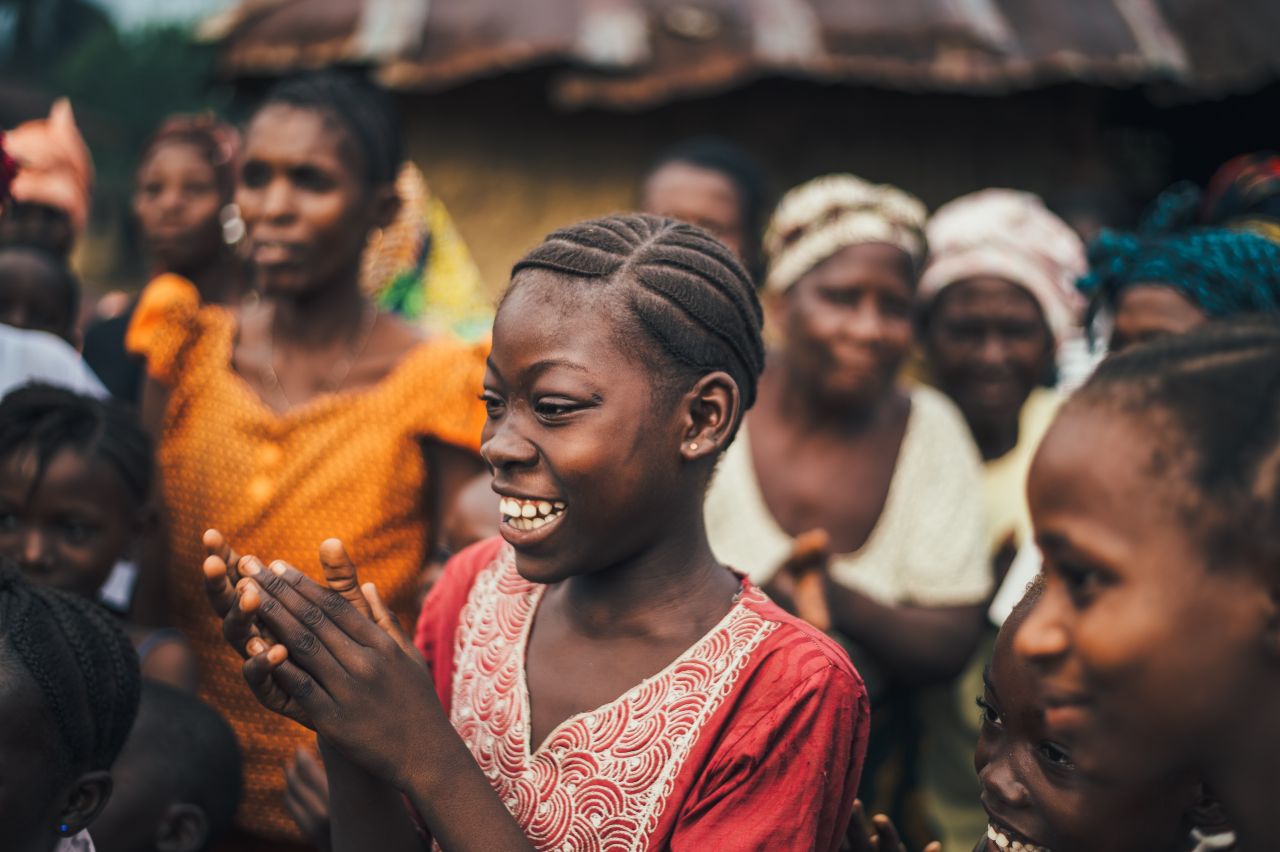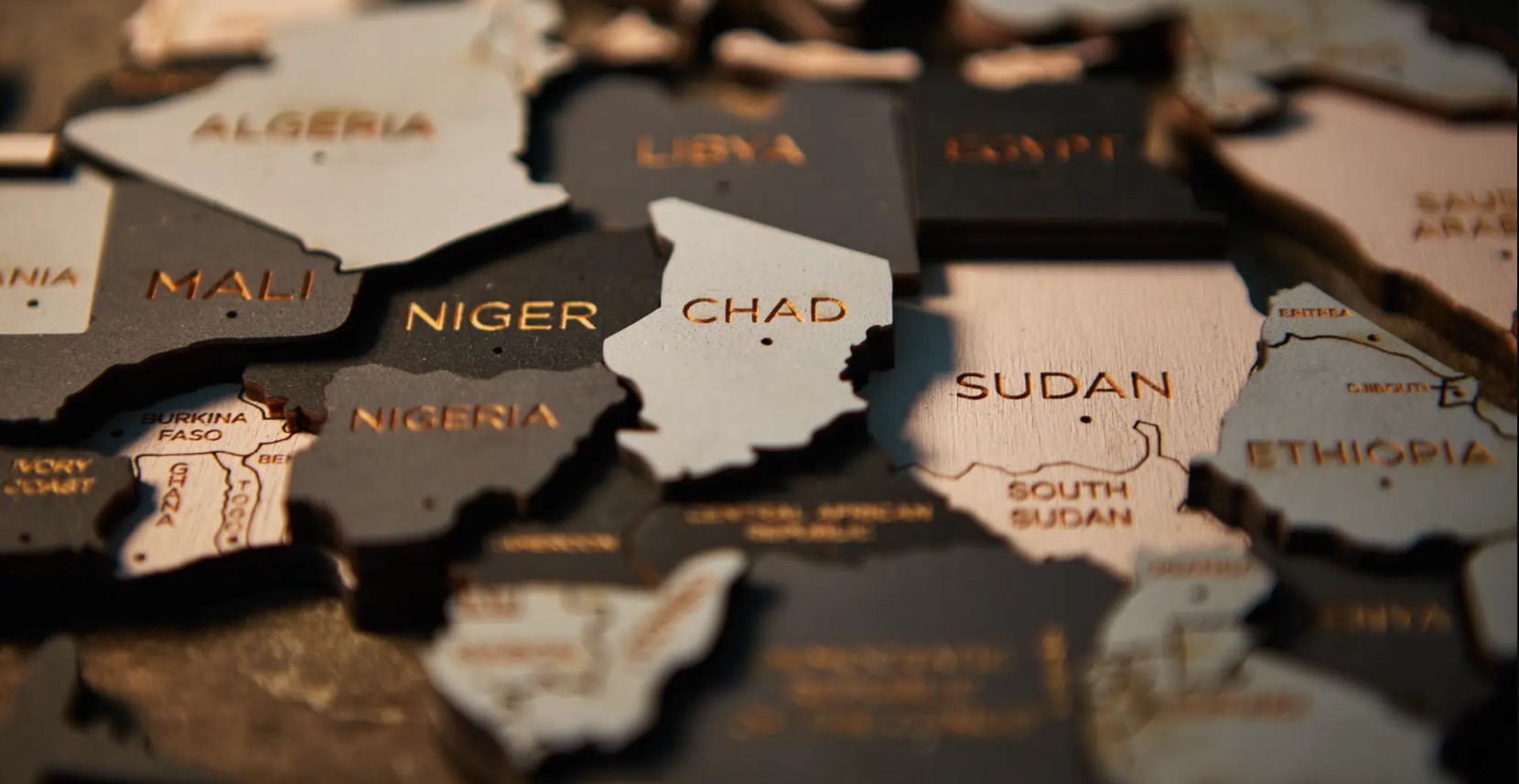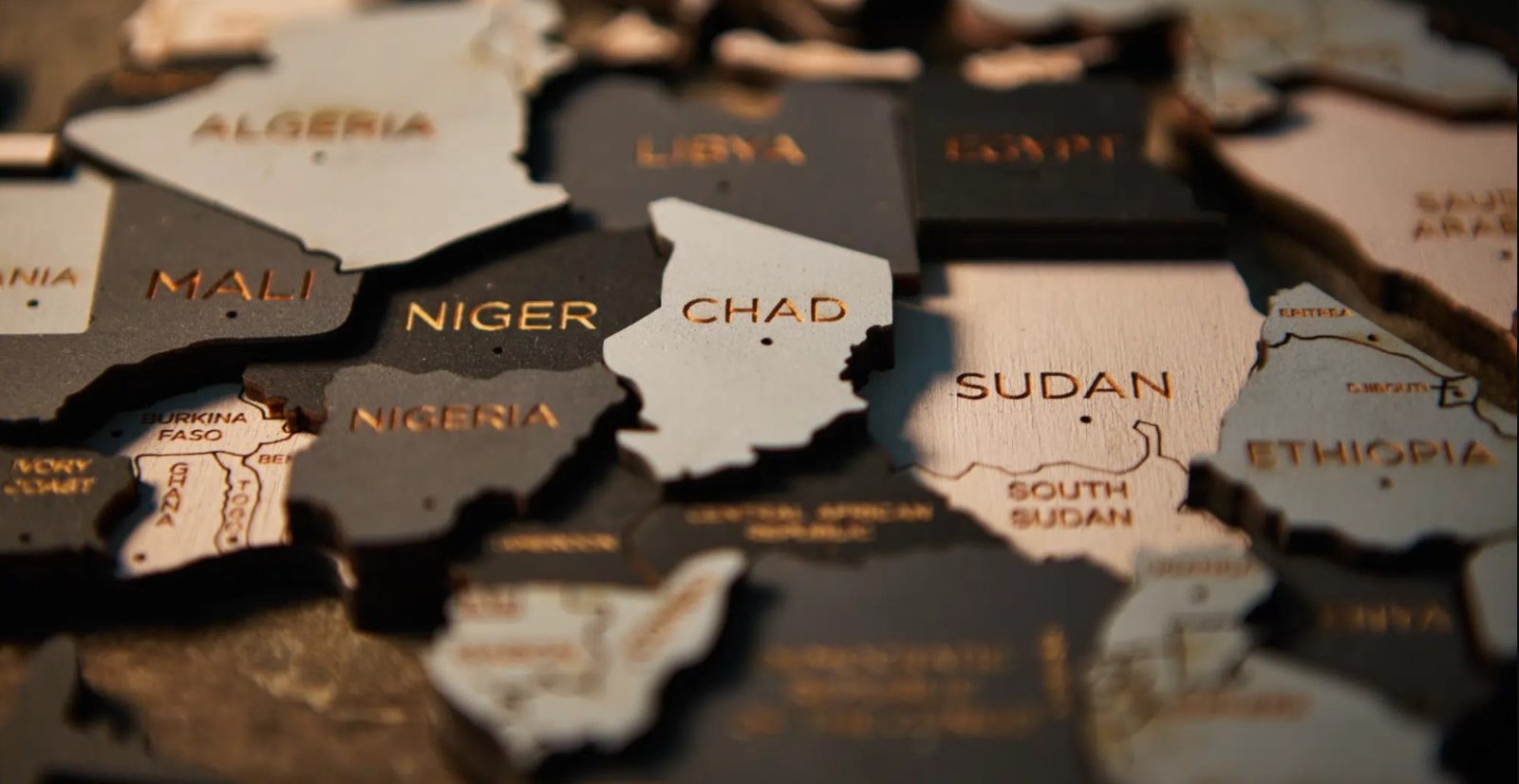Phonologically, African languages can find similarities based on a number of factors. Sound relationships are perhaps the most important category by which African languages can be grouped.
By Chimezie Chika
Over the better part of a decade, I have heard several variations of an insinuation that all African languages are the same. This vague claim has become even more a valid symptom of social media consumerism, in which travel vloggers make all sorts of sensational “discoveries” (the wildest of these claims so far is the Luo-Igbo connection, which I will return to later in this piece) for the benefit of an eager viewership looking for a commonality of ethnic history across the continent.
Ethno-linguistic origins are not that simple, however, and the majority of these claims lack scientific evidence and intellectual rigor. There is nothing defensible in the statement that all African languages are similar (and it can only hold true if a common human origin is the target); but it is also a fact that certain African languages may have come from the same linguistic origins.
Languages, often described as arbitrary in their linguistic framework, offer outstanding philological reaches and variations, not least in a continent as diverse as Africa. Africa is, after all, the continent that witnessed the earliest utterance of a proto-language by human ancestors before the great dispersal of the Paleocene.
The evolution of language in Africa—which is the cradle of human evolution—was millions of years in the making. Scientific studies have determined that earlier species of humans might have made primitive vocalisations, but real human speech, according to George Poulos in his book The Origins of Human Speech and Language, started some 70,000 years ago when the first human speech were uttered (other sources have claimed earlier dates ranging around 200,000 to millions of years ago).

Sources have stated that the trigger might have been an adventurous strain that developed after the emergence of Homo Sapiens, our species, some 200,000 years ago, or state song theories. Professor Poulos put the timeline at around the period when human ancestors began to migrate out of Africa, arguing that the speech impulse had come from environmental patterns, changes in human hunter-gatherer diet, etc.
The first speech sounds were mere sounds, not words, since primitive humans lacked well-developed oral mechanics at that point in evolution.
This inevitably showed in the nature of the sounds that were produced. They were click sounds, according to some sources, similar to those spoken by the Khoisan in Southern Africa today. That the San people—part of the Khoisan groups—are considered the oldest human tribe in existence sheds light on the evolution of human speech and how it grew from simple sounds to complex codes.
Language, as we know it, did not begin to emerge until as late as 20,000 years ago. Research has shown that all the diverse languages of the world have a common ancestry in an ancient tongue that evolved in Africa after the emergence of speech sounds.
The common provenance of African (and world) languages has not prevented them from diverging radically in syntactic and semantic patternings. Phonologically, African languages can find similarities based on a number of factors. Sound relationships are perhaps the most important category by which African languages can be grouped.
For instance, a number of languages in Southern Africa are grouped as “click” tongues, mostly related to or close to the Khoisan languages. Others in Western Africa, where slight changes in intonation determine semantic differences, fall under tonal languages. It seems, in short, that “tone” may be where all African languages find common ground.
The idea of language families, an established cornerstone in the philological study of linguistics, resulted in the practice of grouping languages that have a common ancestor or proto-language. In the book, Historical Linguistics and the Comparative Study of African Languages (2011), Gerrit J. Dimmendaal noted that proto-languages usually have dialects which then diverge geographically over a period of time, acquiring language properties in that time and thus becoming full-fledged languages.
There are seven, mostly hypothetical, language families in Africa (although a much broader categorisation leaves it at just four): Afroasiatic, Nilo-Saharan, Niger-Congo, Bantu, Khoisan, Indo-European, and Austronesian. Geographical determinism plays a role in these familial groups; with a good knowledge of geography, these language families can therefore be fairly connected to certain ethnic groups.
For instance, the Niger-Congo languages majorly exist in the basin of the two great rivers; the Nilo-Saharan languages can be found majorly among Saharan and Nilotic peoples; the Khoisan languages exist around the natal homelands of the Khoi-Khoi and San groups. Cross-continental language families also exist in Africa, having commingled and merged with some existing African languages or simply made a direct crossover.

These language families include the myriad of Afroasiatic languages spoken in Northern Africa and the Horn of Africa, heavily dominated by or influenced by Arabic. Another is the Austronesian language family spoken in places like Madagascar and the Comoros. The Malagasy tongue is very unique in this respect in that it seems to have developed its own unique identity due to geographical isolation from the rest of Austronesia.
Indo-European languages—such as English, Portuguese, French, and Spanish—came to Africa via colonisation, and many still remain official languages in many African countries. These languages developed fully outside Africa, except for Afrikaans, which developed from the Middle Dutch spoken by early Boer settlers in South Africa.
Creoles and pidgin languages based on a composite of Indo-European languages and other African languages have become notable lingua franca across different locations in Africa. In West Africa, country-specific English-based pidgins dominate different countries (eg, Nigerian Pidgin, Ghanaian Pidgin, Sierra Leonean Creole, etc); in Kenya, the Sheng language developed from a merging of Swahili and English root words.
Swahili itself is a composite language with a significant Arabic base and loan words from European colonial languages in East Africa, including English, German, and Portuguese. Swahili speakers cover much of East and parts of Central Africa.
Given the origins of many of these composite languages and creoles (that is, having words from two or more languages), similarities can be found among them, depending on the interplay of the root languages they borrowed from, the degree of which can be either significant or negligible.
For this reason, English-based pidgins such as those spoken in West Africa can sometimes even be mutually intelligible. These similarities, however, are of relatively recent origin and therefore may not provide deep-lying linguistic connections.
Such deep connections can only be found perhaps in languages with the same ancient origins, which is where the phonological and sound infrastructure of many African languages may come into play.
Another important factor is obviously proximity, whether geographic or cultural. When two languages are in close contact, they begin to influence each other over time, as the theory of language contact reveals to us. Many languages have evolved along these lines as a result of relexification or some other linguistic stimulus. Many languages in the Afroasiatic family have seen these proximal changes.
The agency of sound as a basis for similarities in African languages is a valid one, though the degree to which these similarities exist in any meaningful way probably needs more research. Tonality is a significant aspect of the Niger-Congo and Nilo-Saharan language families, as well as those of the Khoisan group.
Most languages in these groups use click consonants as phonemes. Beyond Khoisan tongues, Bantu languages such as Xhosa, Zulu, and Swazi all use clicks—Xhosa perhaps being the most prominent on social media for that very reason.

In the vicinity of Niger-Congo languages such as Akan, Yoruba, and Igbo, tone exerts a great deal of influence on the creation of meaning. In Igbo, the word “Akwa” can change meaning up to five times depending on tone.
In Yoruba, “Agbon” can change meaning up to four times depending on intonation. The difficulty of enunciating these tones is offset by the use of tonal markings and diacritics.
Many languages appear to bear coincidental or even straightforward graphological and semantic similarities without being from the same language family. An example is the vaunted similarity spread by social media users between Luo and Igbo, which would seem obvious enough at first but would certainly need more research before concrete declarations can be made.
Some of what has been pointed out in the languages and cultures of the two groups may seem interesting enough, but also appear to be entirely subjective. Purported similarities in naming systems, as shown on social media, have especially gained high purchase.
No verdict can be made on these claims outside of rigorous research. What extant research has shown is that many African languages are marked by simple or complex tonalities. For all modern African languages, kinship can be found in their remote relations to the ancient African proto-language that birthed human languages all over the world.
Chimezie Chika is a staff writer at Afrocritik. His short stories and essays have appeared in or forthcoming from, amongst other places, The Weganda Review, The Republic, Terrain.org, Isele Magazine, Lolwe, Fahmidan Journal, Efiko Magazine, Dappled Things, and Channel Magazine. He is the fiction editor of Ngiga Review. His interests range from culture, history, to art, literature, and the environment. You can find him on X @chimeziechika1




